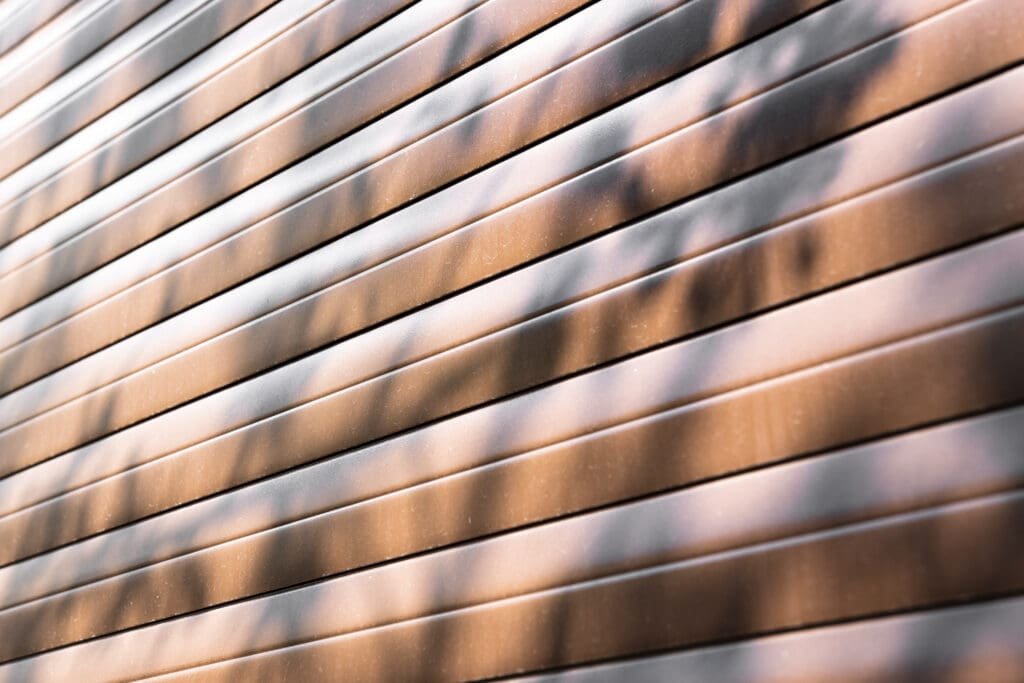Wood and vinyl are two popular choices for home siding, each with its own unique characteristics. Understanding the basics of siding materials can help you make an informed decision when it comes to choosing the right option for your home.
Understanding the Basics of Siding
Siding is the protective exterior layer of a building, designed to shield it from the elements. It not only contributes to the aesthetic appeal of your home but also plays a crucial role in maintaining its structural integrity. When it comes to siding, wood and vinyl are two widely used options.
Choosing the right siding material for your home involves considering factors such as durability, maintenance, cost, and aesthetic preferences. Both wood and vinyl siding have their own unique characteristics and benefits, making them popular choices among homeowners.
What is Wood Siding?
Wood siding is made from various types of wood, such as cedar, pine, or redwood. It offers a classic and natural look, adding warmth and charm to any home. Wood siding is available in different styles, including clapboard, shingles, and shakes.
One of the key advantages of wood siding is its versatility in design. Homeowners can choose from a wide range of wood species, finishes, and profiles to achieve the desired aesthetic for their home. Additionally, wood siding can be easily painted or stained to change its color or refresh its appearance over time.
What is Vinyl Siding?
Vinyl siding is made from durable PVC (polyvinyl chloride) resin. It is a synthetic material that comes in a wide range of colors and textures. Unlike wood, it does not require painting or staining and can be easily cleaned with water and mild detergent.
In addition to its low maintenance requirements, vinyl siding is known for its longevity and resistance to rot, insect damage, and moisture. It is also an energy-efficient option, as insulated vinyl siding can help improve a home’s thermal performance and reduce heating and cooling costs.
The Pros and Cons of Wood Siding
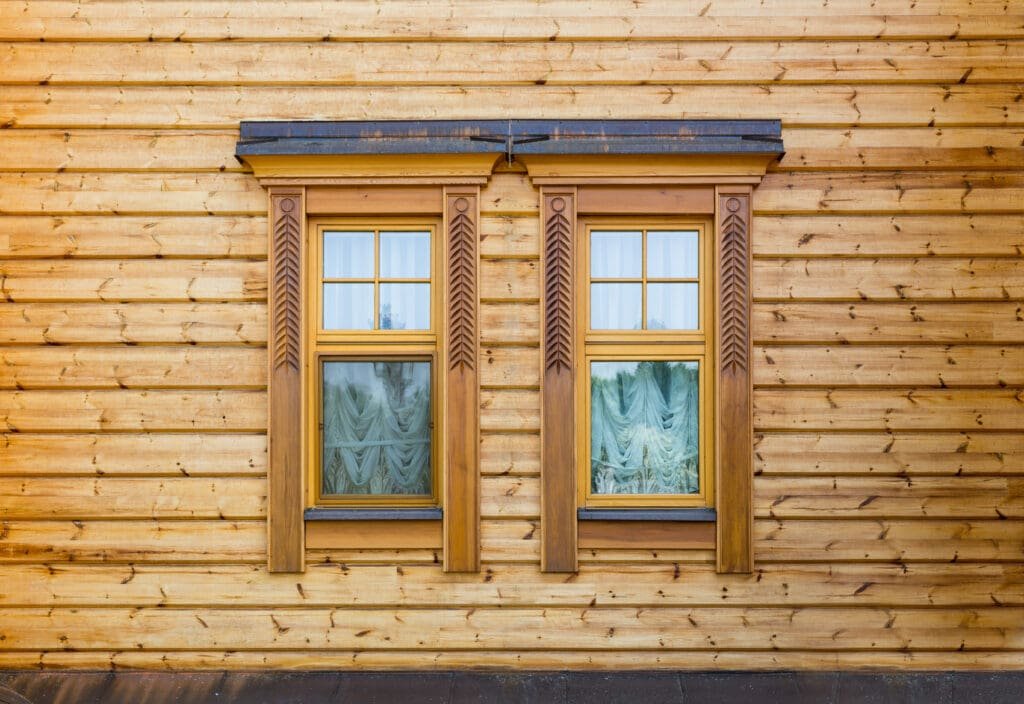
Wood siding has been a popular choice for homeowners for many years, offering a timeless appeal to any property. Let’s delve deeper into the advantages and disadvantages of using wood siding:
Benefits of Wood Siding
One of the standout features of wood siding is its natural beauty, which adds a touch of elegance and charm to any home. The unique grain patterns and textures of wood create a warm and inviting aesthetic that is hard to match with synthetic materials. Whether you prefer the classic look of cedar shakes or the modern appeal of smooth wood panels, wood siding can be customized to suit your style.
Aside from its visual appeal, wood is also an excellent insulator, providing natural thermal resistance that can help lower energy bills. This means your home stays cooler in the summer and warmer in the winter, reducing the need for excessive heating or cooling. In addition, wood is a sustainable building material, making it an environmentally friendly choice for eco-conscious homeowners.
Drawbacks of Wood Siding
While wood siding offers numerous benefits, it does come with its own set of challenges. One of the main drawbacks is the maintenance required to keep wood siding in top condition. Regular painting or staining is essential to protect the wood from moisture, sunlight, and pests. Failure to maintain the siding can lead to issues such as rot, mold, and insect infestations.
Another consideration when choosing wood siding is the cost. While the initial cost of wood siding may be higher than vinyl or other alternatives, many homeowners find the natural beauty and durability of wood to be worth the investment. It’s important to weigh the upfront expenses against the long-term benefits and aesthetics of wood siding before making a decision.
The Pros and Cons of Vinyl Siding
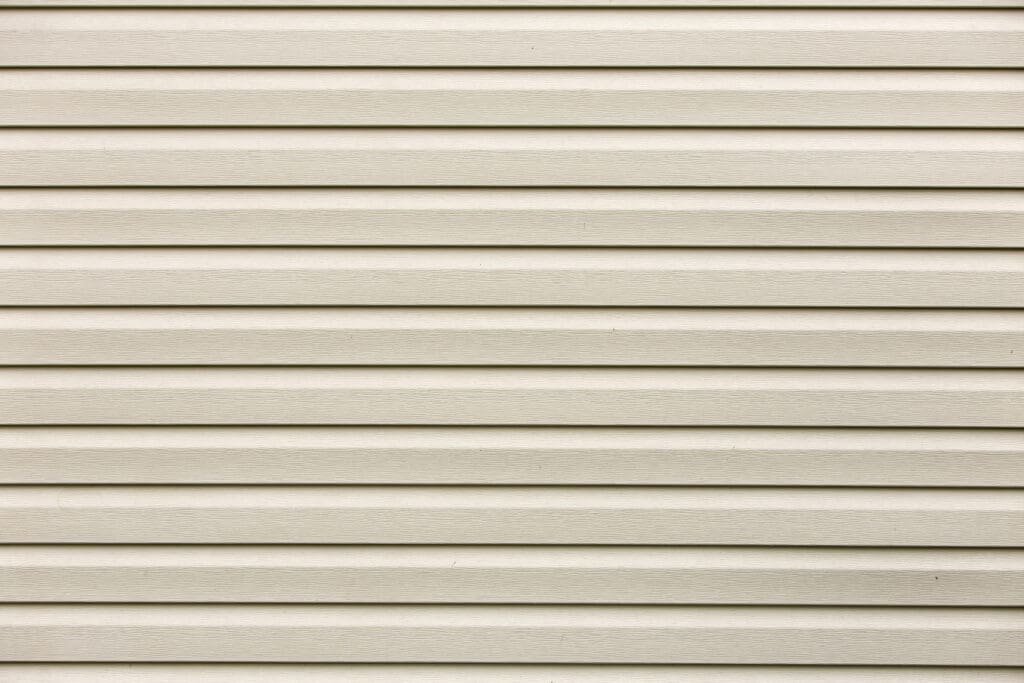
Vinyl siding has gained popularity in recent years for several reasons. Let’s explore its advantages and disadvantages:
When considering the advantages of vinyl siding, it’s important to note that not only is it durable and low maintenance, but it also offers excellent energy efficiency. Many vinyl siding products now come with insulation built into the panels, helping to improve a home’s overall energy efficiency and potentially lower utility bills.
Advantages of Vinyl Siding
Vinyl siding is known for its durability and low maintenance requirements. It does not need to be painted or stained and can withstand harsh weather conditions without fading or peeling. It is also resistant to rot, insects, and moisture.
Additionally, vinyl siding is available in a wide array of colors and styles, allowing homeowners to easily achieve the desired look. It is also cost-effective when considering long-term maintenance costs.
Moreover, vinyl siding is a sustainable choice for environmentally conscious homeowners. It is recyclable, and some manufacturers even produce vinyl siding using recycled materials, making it an eco-friendly option for those looking to reduce their carbon footprint.
Disadvantages of Vinyl Siding
One of the primary drawbacks of vinyl siding is its appearance. Some homeowners find it lacks the natural and authentic look of wood siding. While manufacturers have made significant improvements in mimicking the texture of wood, it may still not be as convincing for some.
Another consideration is that vinyl siding can be more susceptible to damage from extreme temperatures, such as melting or warping. Additionally, it can be challenging to repair a small section of vinyl siding if it gets damaged.
Despite these drawbacks, the overall benefits of vinyl siding make it a popular choice for many homeowners looking for a durable, low-maintenance, and cost-effective exterior cladding option.
Cost Comparison: Wood Siding vs. Vinyl Siding
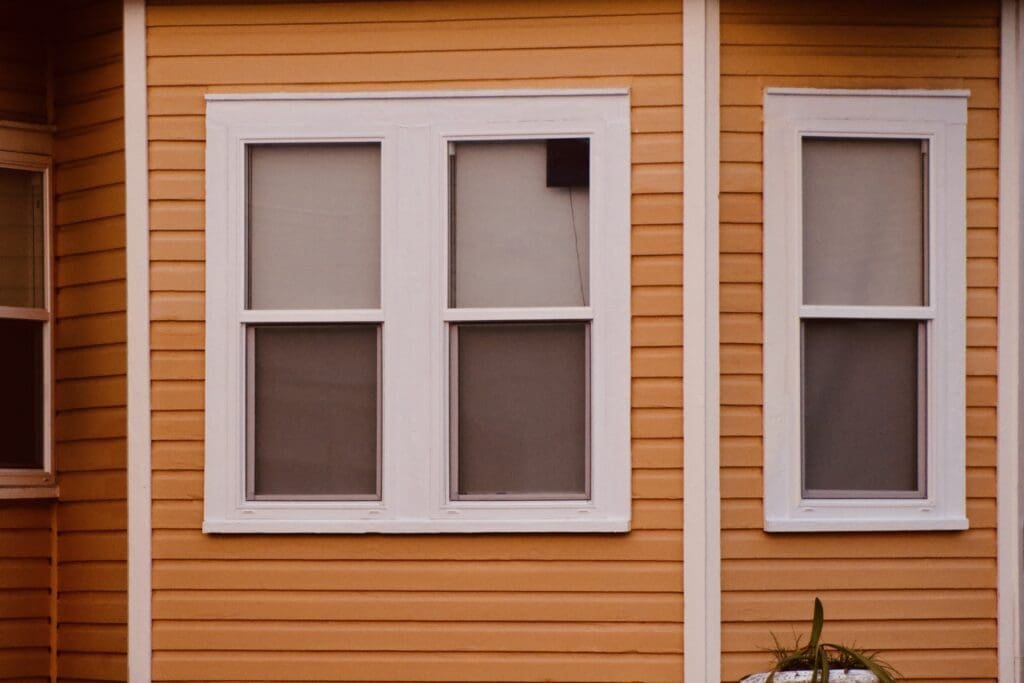
Cost is often a significant factor when choosing between wood and vinyl siding. Let’s examine the different cost aspects:
When considering the initial installation costs, it’s important to note that wood siding typically involves higher upfront costs compared to vinyl siding. This is primarily due to the higher cost of wood materials and the labor-intensive installation process required for wood siding. On the other hand, vinyl siding is generally more affordable due to its mass-produced nature and the relatively straightforward installation process, which can help reduce labor costs.
Aside from the initial installation costs, another crucial factor to consider is the long-term maintenance costs associated with each type of siding. While wood siding may have higher initial costs, its maintenance expenses over time can add up significantly. Regular painting, staining, and repairs are essential for preserving the appearance and structural integrity of wood siding, all of which contribute to the long-term costs. In contrast, vinyl siding requires minimal maintenance beyond occasional cleaning, resulting in lower ongoing expenses and potentially saving homeowners both time and money in the long run.
Long-term Maintenance Costs
While wood siding may have higher initial costs, its maintenance expenses over time can add up. Regular painting, staining, and repairs can increase the long-term costs associated with wood siding. Vinyl siding, on the other hand, requires minimal maintenance, resulting in lower ongoing expenses.
Durability and Longevity: Wood vs. Vinyl
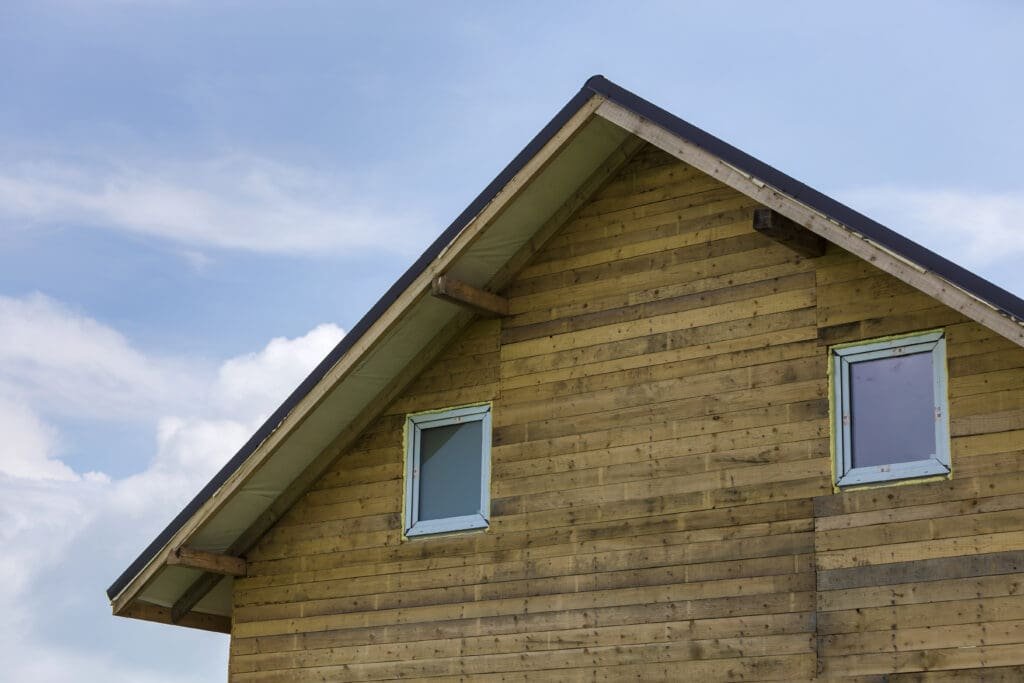
When it comes to durability and longevity, both wood and vinyl siding have their strengths and weaknesses. Let’s delve deeper into the details to help you make an informed decision for your home.
Weather Resistance
Wood siding can withstand various weather conditions, but it requires proper maintenance to ensure its longevity. Regular painting, sealing, and repairing damaged sections are essential to protect it from moisture, sunlight, and extreme temperatures. However, it’s important to note that even with diligent maintenance, wood siding can still be susceptible to rot, warping, and insect damage over time.
Vinyl siding, on the other hand, is designed to be highly weather-resistant. It can withstand strong winds, moisture, and UV exposure without the need for extensive maintenance. Its durable composition and protective layers make it resistant to rot, fading, and cracking, ensuring that it maintains its appearance and structural integrity for years to come.
Lifespan and Maintenance
The lifespan of wood siding can vary depending on the type of wood, maintenance practices, and climate. With proper care, it can last 20 to 30 years or more. Regular maintenance, such as sealing and repainting, can help extend its lifespan. However, it’s important to consider the ongoing costs and time commitment associated with these maintenance tasks.
Vinyl siding typically has a longer lifespan, ranging from 30 to 50 years. It does not require painting or sealing, making it a low-maintenance option for homeowners. The occasional cleaning with a mild detergent and water is usually sufficient to keep it looking its best. This not only saves you time and effort but also reduces the long-term costs associated with maintenance.
Furthermore, vinyl siding is resistant to pests, such as termites, that can cause significant damage to wood siding. This added protection can provide homeowners with peace of mind, knowing that their siding is not at risk of being compromised by these destructive insects.
In conclusion, the choice between wood siding and vinyl siding depends on your personal preferences, budget, and maintenance capabilities. Wood siding offers natural beauty and insulation but requires regular maintenance and has higher upfront costs. Vinyl siding, on the other hand, provides durability, low maintenance, and affordability, although it may lack the authentic appeal of wood. Consider your priorities and consult with professionals to make an informed decision that suits your needs and enhances the overall aesthetics of your home.

